Pharmacological properties
Pharmacodynamics. Acetaminophen (paracetamol) has analgesic, antipyretic and weak anti-inflammatory effects. Its mechanism of action is to inhibit prostaglandin synthesis and affect the thermoregulation center in the hypothalamus.
Phenylephrine hydrochloride is an α-adrenomimetic, which, due to its vasoconstrictor effect, reduces edema and hyperemia of the mucous membranes of the upper respiratory tract and paranasal sinuses.
Chlorpheniramine maleate is an antihistamine of the alkylamine class, a blocker of H 1 -histamine receptors. It has antiallergic action, eliminates rhinorrhea, lacrimation and itching in the eyes and nose. The therapeutic effect develops within 1 hour after oral administration and lasts for 24 hours.
The components of the drug are metabolized independently of each other.
Pharmacokinetics. After oral administration, acetaminophen is rapidly absorbed, mainly in the upper gastrointestinal tract. It is rapidly distributed in tissues. Binding to blood proteins is 10%. Acetaminophen is metabolized in the liver: most of it is bound to glucuronic acid, less to sulfuric acid. The half-life of acetaminophen is 2-2.5 hours. It increases in individuals with liver disease.
Acetaminophen is excreted in the urine (85% of a single dose of acetaminophen is excreted within 24 hours). Excretion is significantly impaired in renal impairment, which can lead to accumulation of acetaminophen and its metabolites in the body. The half-life of chlorpheniramine maleate is 8 hours. The metabolites of chlorpheniramine and the unchanged drug are excreted in the urine.
Phenylephrine hydrochloride is partially excreted in the urine unchanged, the rest is inactivated by MAO in the blood, liver and other tissues. Inactive products are partially excreted by the kidneys, the rest by the liver in the form of glucuronides.
Indication
Symptomatic treatment of influenza, acute respiratory viral infections and colds to reduce body temperature, eliminate headache, muscle and joint pain, and swelling of the respiratory tract mucosa.
Application
Adults and children over 12 years of age: 2 tablets as a single dose every 4 hours. The drug should be taken with water. The maximum daily dose of 12 tablets should not be exceeded.
The maximum period of use without consulting a doctor is 3 days. Further use is possible only under the supervision of a doctor.
Contraindication
Hypersensitivity to the components of the drug, severe liver and kidney dysfunction, congenital deficiency of glucose-6-phosphate dehydrogenase (as evidenced by hemolytic anemia), Gilbert’s syndrome (intermittent benign jaundice resulting from glucuronyltransferase deficiency), hematopoietic disorders, blood diseases, severe leukopenia, anemia, severe cardiac conduction disorders, decompensated heart failure, severe atherosclerosis of the coronary vessels of the heart, severe form of coronary artery disease, severe form of ag, ba, congenital hyperbilirubinemia, Dubin-Johnson syndrome, diabetes mellitus, hyperthyroidism, angle-closure glaucoma, bladder neck obstruction, pyloroduodenal obstruction, gastric ulcer in the acute stage, alcoholism, arrhythmias, prostate adenoma with difficulty urinating, acute pancreatitis, increased excitability, sleep disorders, pheochromocytoma, epilepsy. Elderly patients at risk of respiratory failure.
Do not use together with MAO inhibitors and within 2 weeks after discontinuation of MAO inhibitors, with tricyclic antidepressants, β-adrenergic blockers.
Side effects
In most cases, the drug is well tolerated.
In rare cases, the following side effects may occur after prolonged use in amounts exceeding the recommended daily doses:
from the blood and lymphatic system – anemia, sulfhemoglobinemia and methemoglobinemia (cyanosis, shortness of breath, pain in the heart area), hemolytic anemia (if the patient has glucose-6-phosphate dehydrogenase deficiency), thrombocytopenia, agranulocytosis, leukopenia, hematomas or bleeding;
from the gastrointestinal tract – heartburn, nausea, vomiting, dry mouth, discomfort and pain in the epigastrium, hypersalivation, decreased appetite, constipation, diarrhea, flatulence;
from the hepatobiliary system – impaired liver function, increased activity of liver enzymes, usually without the development of jaundice, hepatonecrosis (dose-dependent effect);
from the endocrine system – hypoglycemia up to hypoglycemic coma;
from the immune system – hypersensitivity reactions (including allergic reactions), anaphylactic reactions and anaphylactic shock;
from the nervous system – headache, weakness, dizziness, psychomotor agitation and disorientation, anxiety, feelings of fear, sleep disorders (drowsiness, insomnia), dyskinesia, behavioral changes, irritability or nervousness, tremor, confusion, depressive states, tingling and heaviness in the limbs, tinnitus, hallucinations, epileptic seizures, coma;
from the kidneys and urinary tract – renal colic and interstitial nephritis, urinary retention and difficulty urinating, aseptic pyuria;
from the visual analyzer – impaired vision and accommodation, dry eyes, mydriasis;
Skin and subcutaneous tissue disorders: itching, skin and mucous membrane rashes (usually generalized rash, erythema, urticaria), allergic and angioedema, acute generalized exanthematous pustulosis, local drug dermatitis, erythema multiforme (including Stevens-Johnson syndrome), toxic epidermal necrolysis (Lyell’s syndrome), including fatal cases;
from the cardiovascular system – tachycardia, reflex bradycardia, shortness of breath, heart pain, increased blood pressure, arrhythmia, myocardial dystrophy (dose-dependent effect with prolonged use);
on the part of the respiratory system – bronchospasm in patients with hypersensitivity to acetylsalicylic acid and other nonsteroidal anti-inflammatory drugs.
Special instructions
Concomitant use with other drugs intended for the symptomatic treatment of colds and flu, or drugs containing paracetamol, should be avoided.
This medicine is not recommended for use concurrently with sedatives, hypnotics or medicines containing ethanol due to the increased risk of hepatotoxicity.
The medicine contains paracetamol, which due to its hepatotoxicity should not be used for longer periods and in higher doses than recommended in the USAGE section. Long-term use may lead to serious liver complications, such as cirrhosis. Acute or chronic overdose may lead to severe liver damage and, in rare cases, death.
Long-term use of paracetamol, especially in combination with other analgesics, can lead to irreversible kidney damage and the risk of developing renal failure (analgesic nephropathy).
Prolonged use of paracetamol in high doses can lead to liver and kidney damage. A large number of medications used simultaneously, alcoholism, alcoholic liver disease, sepsis or diabetes mellitus can increase the risk of hepatotoxicity of paracetamol in therapeutic doses. The risk of overdose occurs in patients with non-cirrhotic alcoholic liver disease.
If, on the recommendation of a doctor, the drug is used for a long period, it is necessary to monitor the functional state of the liver and the composition of peripheral blood.
In patients with severe infections, such as sepsis, accompanied by decreased glutathione levels, the risk of metabolic acidosis may increase when taking paracetamol (see Conditions and shelf life).
Before using the drug, you should consult a doctor:
- a patient using warfarin or similar drugs with an anticoagulant effect;
- a patient with breathing problems, chronic lung disease, emphysema, or chronic bronchitis;
- a patient with liver disease or infectious liver lesions, such as viral hepatitis;
- in patients with renal disease, as dose adjustment may be necessary. In case of severe renal impairment (creatinine clearance 10 ml/min), the physician should assess the risk/benefit ratio before initiating therapy. Dose adjustment is necessary and continuous monitoring should be ensured;
- with hypertension;
- with daily use of analgesics for mild arthritis.
Use with caution in patients with:
- the presence of chronic malnutrition and dehydration;
- mild to moderate hepatic insufficiency (9 points on the Child-Pugh scale);
- Raynaud’s disease;
- thyroid diseases;
- glaucoma.
You should consult a doctor:
- if symptoms persist and/or are accompanied by a high body temperature that lasts more than 3 days;
- if the headache becomes constant.
Severe skin reactions have been reported very rarely. If you experience redness, rash, blistering or peeling of the skin, stop using paracetamol and seek medical attention immediately.
When prescribing paracetamol in therapeutic doses, an increase in ALT is possible.
Paracetamol may affect the results of laboratory tests for blood glucose and uric acid levels.
Do not exceed the recommended dose.
Use during pregnancy and breastfeeding. The drug is not recommended for use during pregnancy. Women should stop breastfeeding while taking the drug.
Fertility: There is limited evidence of a possible impairment of female fertility due to the effect on ovulation of drugs that inhibit cyclooxygenase/prostaglandin synthesis; the impairment is reversible and disappears after discontinuation of treatment. Since paracetamol inhibits prostaglandin synthesis, it may adversely affect fertility, although no such cases have been reported.
Children: Do not use in children under 12 years of age. The maximum dose for children is up to 100 mg/kg/day, or 4000 mg/day.
Ability to influence the reaction rate when driving vehicles or operating other mechanisms. Due to the possible development of drowsiness, you should refrain from driving vehicles or operating mechanisms for 4 hours after using the drug.
Interactions
When used simultaneously with acetaminophen, the following types of interactions may occur:
- the rate of absorption of acetaminophen may increase with simultaneous use with metoclopramide and domperidone, and decrease with cholestyramine;
- the elimination of antibiotics from the body may be slowed down;
- barbiturates and alcohol can increase the hepato- and nephrotoxicity of acetaminophen, barbiturates reduce the antipyretic effect;
- anticonvulsants (phenytoin, barbiturates, carbamazepine), isoniazid, and rifampicin may enhance the hepatotoxicity of acetaminophen;
- Tetracycline increases the risk of developing anemia and methemoglobinemia caused by acetaminophen;
- the effect of indirect anticoagulants may be enhanced with an increased risk of bleeding with prolonged regular use of acetaminophen;
- may reduce the effectiveness of diuretics;
- Antacids and food reduce the absorption of acetaminophen.
With the simultaneous use of paracetamol with hepatotoxic drugs, the toxic effect of the drugs on the liver increases.
The drug is not recommended for use simultaneously with sedatives, hypnotics, or drugs containing ethanol due to the increased risk of hepatotoxicity.
It is not recommended to use simultaneously with vasoconstrictors.
The simultaneous use of Antiflu with the following drugs may significantly increase the suppressive effect of chlorpheniramine maleate:
- sleeping pills;
- barbiturates;
- sedatives;
- neuroleptics;
- tranquilizers;
- anesthetics;
- narcotic analgesics.
Chlorpheniramine enhances the anticholinergic effect of atropine, antispasmodics, tricyclic antidepressants, and antiparkinsonian drugs.
Chlorpheniramine may weaken the effect of anticoagulants.
Phenylephrine hydrochloride can cause the development of hypertensive crisis or arrhythmia when used simultaneously with other adrenomimetics or MAO inhibitors, and cause severe hypertension when combined with indomethacin and bromocriptine.
Concomitant use of phenylephrine with other sympathomimetic agents or tricyclic antidepressants (e.g. amitriptyline) may increase the risk of cardiovascular side effects. Rauwolfia alkaloids reduce the therapeutic effect of phenylephrine hydrochloride.
Phenylephrine may reduce the effectiveness of β-blockers and antihypertensive drugs (e.g. debrisoquine, guanethidine, reserpine, methyldopa). The risk of developing hypertension and other cardiovascular side effects may increase.
Concomitant use of phenylephrine with digoxin and cardiac glycosides may increase the risk of heart rhythm disturbances or heart attack.
Antidepressants, antiparkinsonian and antipsychotic drugs, and phenothiazine derivatives increase the risk of urinary retention, dry mouth, and constipation.
Concomitant use with ergot alkaloids (ergotamine, methysergide) increases the risk of ergotism.
Overdose
Symptoms of overdose due to the action of acetaminophen in the first 24 hours are pale skin, nausea, vomiting, anorexia and abdominal pain. When taking high doses, disorientation, psychomotor agitation or depression of the central nervous system, increased sweating, dizziness and sleep disturbances may also be observed. Cardiac arrhythmias and pancreatitis have also been noted.
In isolated cases, acute renal failure with acute tubular necrosis, which may present with severe lower back pain, hematuria, proteinuria, and may occur even in the absence of severe liver damage, has been reported following acetaminophen overdose; nephrotoxicity (renal colic, interstitial nephritis, papillary necrosis).
In severe cases, especially with concomitant use of ethanol, liver damage (hepatocellular necrosis) and deterioration of liver function may occur, which may progress to hepatic encephalopathy, hepatic coma, cerebral edema and death. Clinical signs of liver damage may not appear for 12-48 hours after overdose. Glucose metabolism disorders, hypokalemia and metabolic acidosis (including lactic acidosis) may occur. Symptoms of metabolic acidosis are deep, rapid or difficult breathing, nausea, vomiting, loss of appetite. You should immediately consult a doctor if these symptoms appear. Increased activity of liver transaminases and increased prothrombin index, hemorrhage. Liver damage in an adult can develop after taking ≥10 g of paracetamol and 150 mg/kg of body weight in a child. Common clinical manifestations that will appear after 3-5 days include jaundice, fever, hemorrhagic diathesis, hypoglycemia, hepatic halitosis, and liver failure.
The use of ≥5 g of paracetamol can lead to liver damage in patients with risk factors: long-term treatment with carbamazepine, phenobarbital, phenytoin, primidone, rifampicin, St. John’s wort or other drugs that induce liver enzymes; regular intake of excessive amounts of ethanol; glutathione cachexia (digestive disorders, cystic fibrosis, HIV infection, starvation, cachexia).
With prolonged use in high doses, aplastic anemia, pancytopenia, agranulocytosis, neutropenia, leukopenia, and thrombocytopenia are possible.
Emergency care. The patient should be taken to hospital immediately, even if there are no early symptoms of overdose. Symptoms may be limited to nausea and vomiting or may not reflect the severity of the overdose or the risk of organ damage. Treatment with activated charcoal should be considered if an overdose of paracetamol has been taken within 1 hour. The concentration of paracetamol in the blood plasma should be measured 4 hours or later after ingestion (earlier concentrations are unreliable). Gastric lavage should be performed within 6 hours of a suspected acetaminophen overdose. Cytostatic effects can be reduced by oral methionine administration or intravenous cysteamine or N-acetylcysteine within 8 hours of overdose. The effectiveness of the antidote decreases sharply after this time.
Overdose due to the action of phenylephrine and chlorpheniramine maleate can cause increased sweating, psychomotor agitation or depression of the central nervous system, irritability, restlessness, headache, dizziness, drowsiness, insomnia, nausea, vomiting, tremor, impaired consciousness, cardiac arrhythmias, tachycardia, extrasystole, hyperreflexia, increased blood pressure, convulsions, coma.
In case of an overdose of chlorpheniramine maleate, atropine-like symptoms may be observed: mydriasis, photophobia, dryness of the skin and mucous membranes, increased body temperature, intestinal atony. CNS depression is accompanied by respiratory disorders and disorders of the cardiovascular system (decreased pulse rate, decreased blood pressure up to the development of vascular insufficiency).
In case of overdose, symptomatic therapy is necessary, in case of severe arterial hypertension – the use of α-adrenergic blockers.
Storage conditions
In the original packaging at a temperature not exceeding 25 °C.

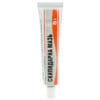
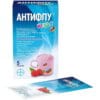

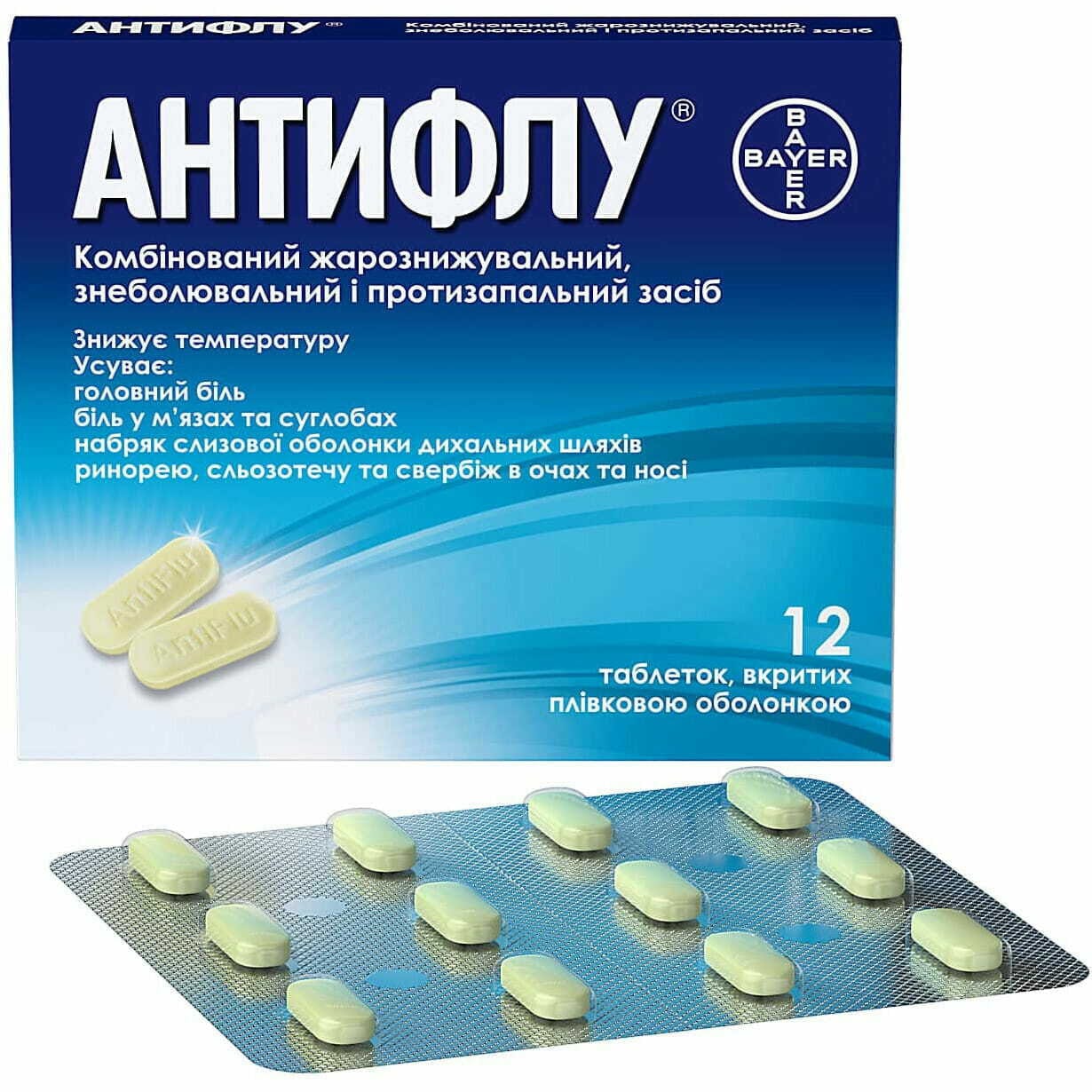
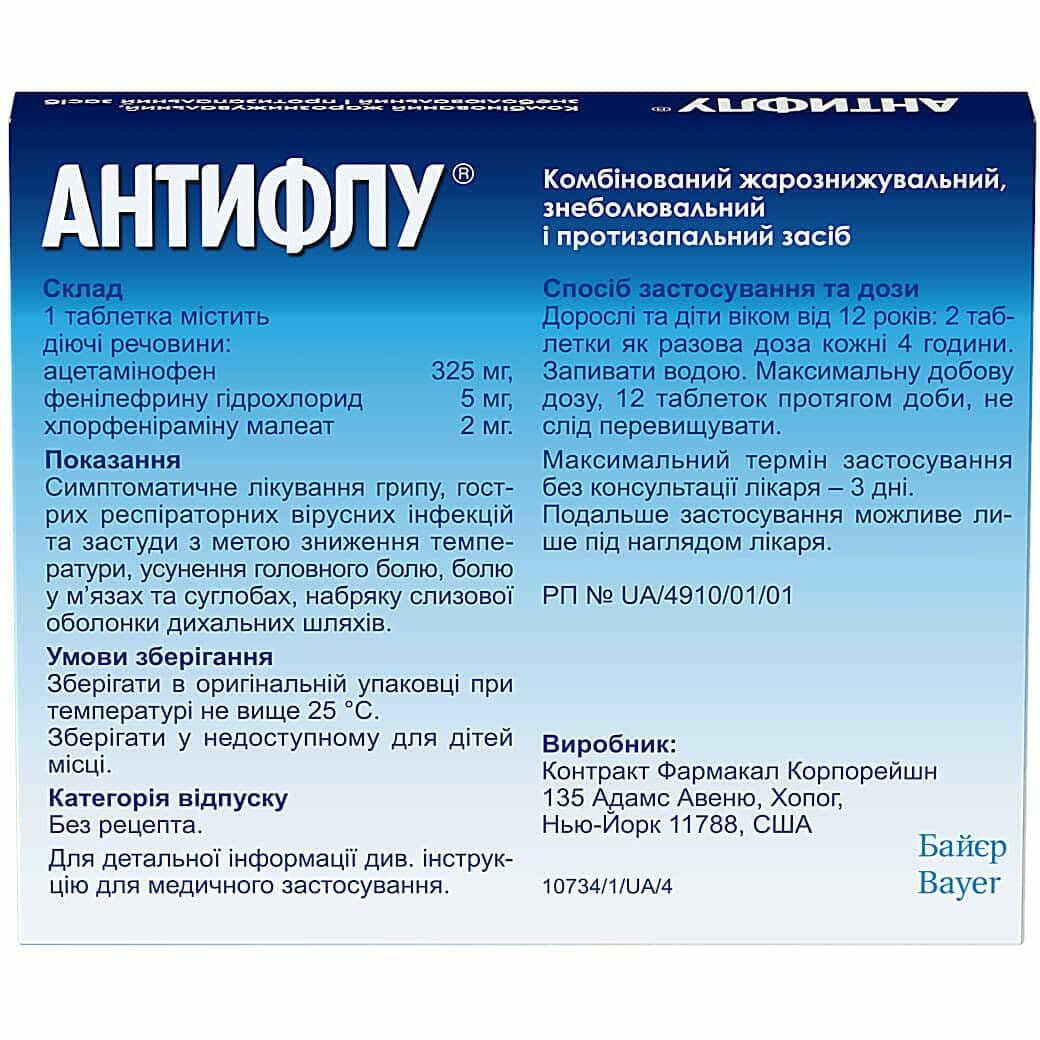
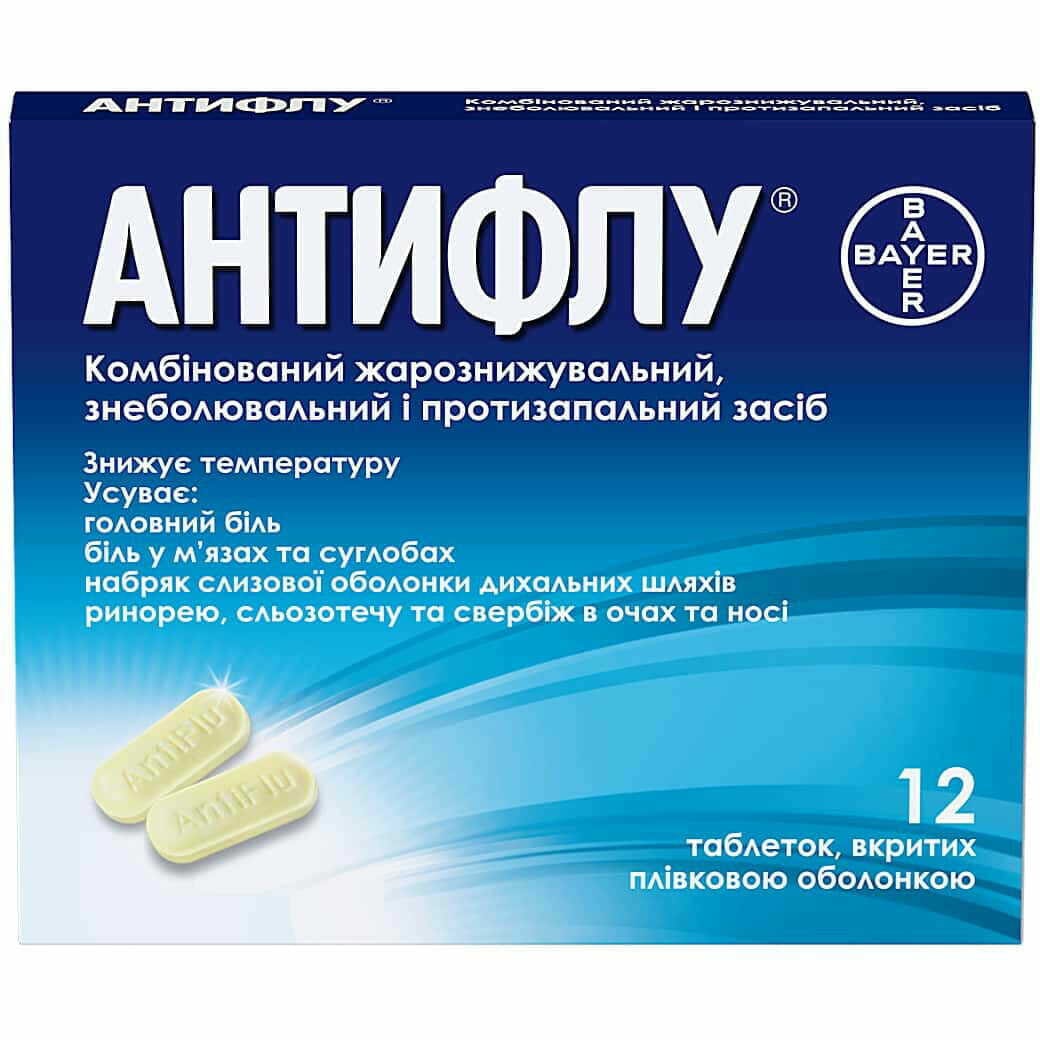

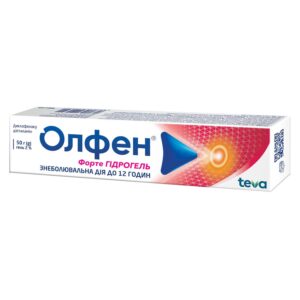
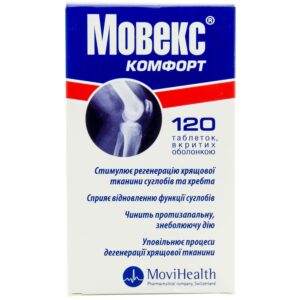
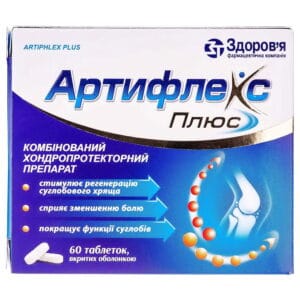
Reviews
There are no reviews yet.